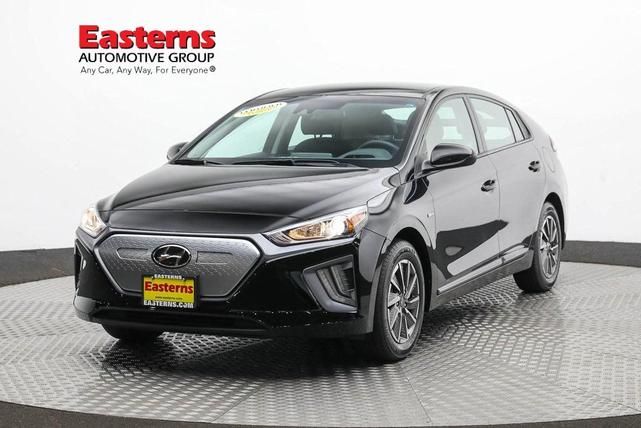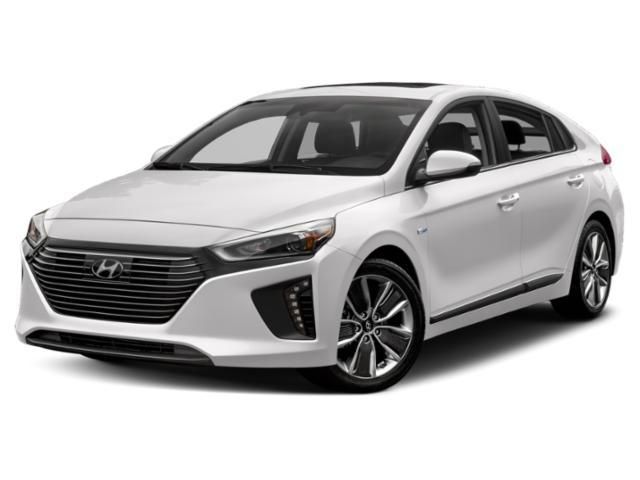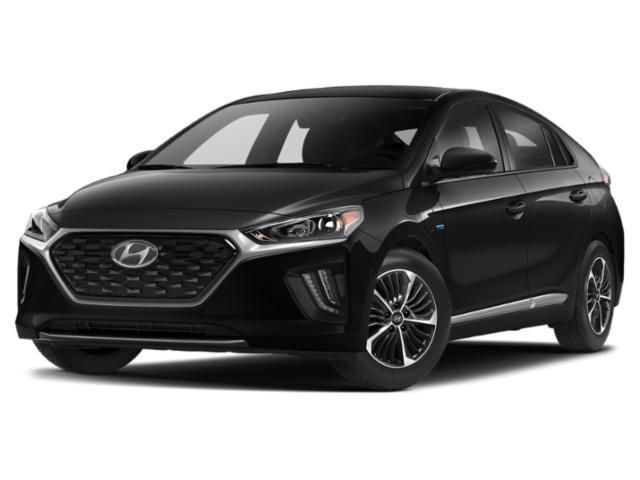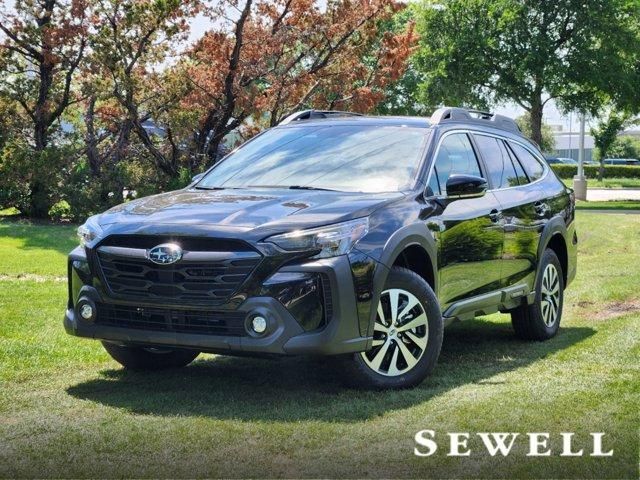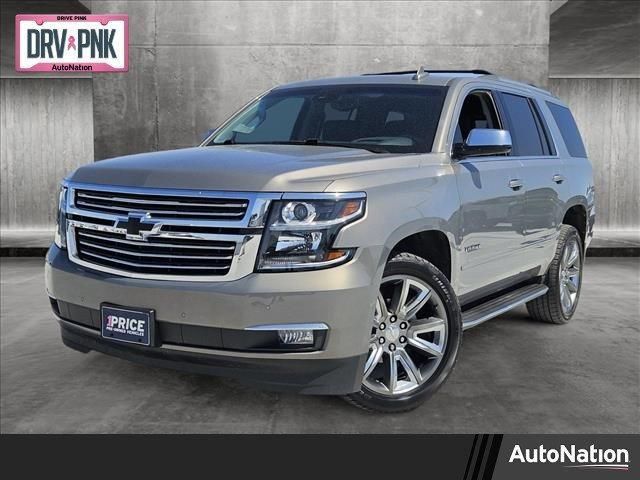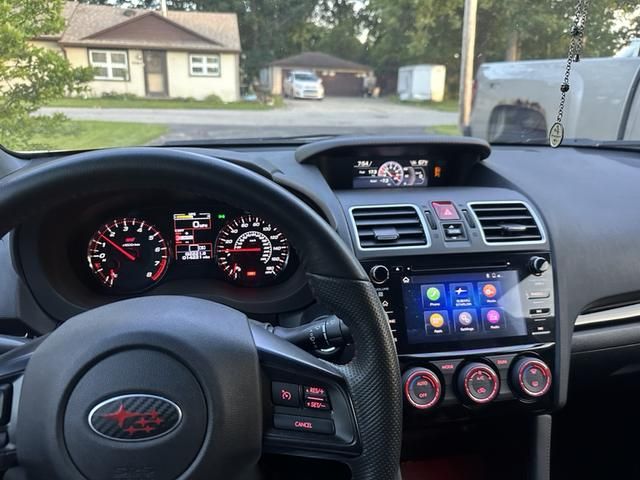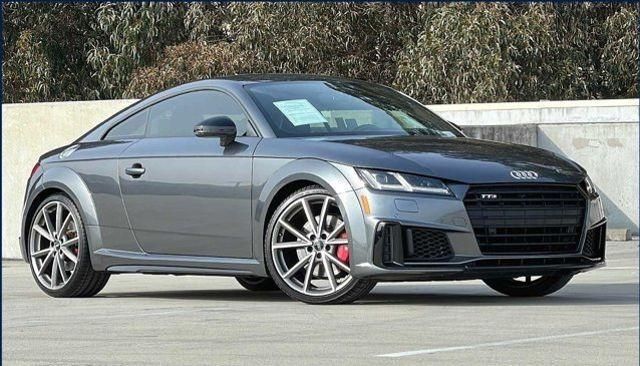
2021 HYUNDAI IONIQVIN: KMHC75LC0MU261120
Historical Records
Vehicle involved in a sideswipe collision with another motor vehicle
Airbag deployed
Vandalism damage reported
Damage to front
Collision damage reported
| Year | 2021 |
| ODO | 9008 mi |
| Seller | Hidden text (Hidden text) |
| Location | Fond Du Lac, WI, 54937 |
| Date | appeared 7 months ago latest price $1475 sale post disappeared 2021-06-17 |
| Price History | |
| Sale Website Type | classifieds |
| Notes | |
| Hidden text | |



| Body Style | Hatchback |
| Color | Ceramic White |
| Color (Interior) | Charcoal Black |
| Transmission | 6-Speed Automatic with Auto-Shift |
| Engine | 1.6L I4 16V GDI DOHC Hybrid |
| Drive | Front-wheel Drive |
| Fuel Type | Hybrid |
- 1429
- 6 Speakers
- Hidden text
- Auto High-Beam Headlights
- Hidden text
- Bucket Front Seats
- Hidden text
- Coil front spring
- Hidden text
- Door reinforcement: Side-impact door beam
- Hidden text
- Dual illuminated vanity mirrors
- Hidden text
- Four-wheel independent suspension
- Hidden text
- Front reading lights
- Hidden text
- Heated Door Mirrors
- Hidden text
- Keyless ignition w/ push button start & keyless door entry
- 4504
- ABS And Driveline Traction Control
- Hidden text
- Automatic front air conditioning
- Hidden text
- Cargo cover
- Hidden text
- Cruise Control
- Hidden text
- Driver Door Bin
- Hidden text
- Electronic stability control
- Hidden text
- Front Bucket Seats
- Hidden text
- Fuel Capacity: 11.9 gal.
- Hidden text
- Heated Front Seats
- Hidden text
- Lane Departure Warning: Active
- Hidden text
- Metal-Look Grille
- Hidden text
- Overhead console
- Hidden text
- Power remote driver mirror adjustment
- Hidden text
- Rear seat center armrest
- Hidden text
- Regular front stabilizer bar
- Hidden text
- Side airbag
- Hidden text
- Steering Wheel Audio Controls
- Hidden text
- Tires: Speed Rating: H
- Hidden text
- Type of tires: AS
- Hidden text
- 2 Usb Ports
- Hidden text
- APPLE CARPLAY & ANDROID AUTO MIRRORING
- Hidden text
- Body-colored bumpers
- Hidden text
- Carpeted Floor Mats
- Hidden text
- Daytime Running Lights
- Hidden text
- Driver knee airbags
- Hidden text
- Fold forward seatback rear seats
- Hidden text
- Front Hip Room: 53.8"
- Hidden text
- Fully Automatic Headlights
- Hidden text
- Independent front suspension classification
- Hidden text
- Leather/metal-look steering wheel trim
- Hidden text
- Option Group 01
- Hidden text
- Passenger Door Bin
- Hidden text
- Privacy glass: Light
- Hidden text
- Rear bench
- Hidden text
- Remote power door locks
- Hidden text
- Speed Sensitive Audio Volume Control
- Hidden text
- Telescoping Steering Wheel
- Hidden text
- Transmission gear shifting controls on steering wheel
- Hidden text
- Video Monitor Location: Front
- Hidden text
- 4-wheel ABS Brakes
- Hidden text
- Audio system memory card slot
- Hidden text
- Braking Assist
- Hidden text
- Cloth seat upholstery
- Hidden text
- Door pockets: Driver, passenger and rear
- Hidden text
- Dual front air conditioning zones
- Hidden text
- Four Wheel Independent Suspension
- Hidden text
- Front ventilated disc brakes
- Hidden text
- Headlights off auto delay
- Hidden text
- Interior air filtration
- Hidden text
- Low Tire Pressure Warning
- Hidden text
- Overall Width: 71.7"
- Hidden text
- Power Door Mirrors
- Hidden text
- Rear Head Room: 37.4"
- Hidden text
- Rear seats center armrest
- Hidden text
- Seatbelt pretensioners: Front
- Hidden text
- Split folding rear seat
- Hidden text
- Tire Pressure Monitoring System: Tire specific
- Hidden text
- Turn Signal Indicator Mirrors
- Hidden text
- Wheelbase: 106.3"
- Hidden text
- 4-Wheel Disc Brakes
- Hidden text
- Audio controls on steering wheel
- Hidden text
- Brake Assist
- Hidden text
- Clock: In-dash
- Hidden text
- Diameter of tires: 15.0"
- Hidden text
- Dual front side impact airbags
- Hidden text
- Forward Collision Mitigation : Forward Collision-Avoidance Assist (FCA) w/Pe...
- Hidden text
- Front Shoulder Room: 56.1"
- Hidden text
- Halogen projector beam headlights
- Hidden text
- Instrumentation: Low fuel level
- Hidden text
- Lithium polymer electric motor battery
- Hidden text
- Overall Length: 176.0"
- Hidden text
- Piano black center console trim
- Hidden text
- Rear Collision Warning : Rear Cross Traffic Collision Warning (RCCW)
- Hidden text
- Rear door type: Liftgate
- Hidden text
- Seatback storage: 1
- Hidden text
- Speed-proportional electric power steering
- Hidden text
- Tilt and telescopic steering wheel
- Hidden text
- Trip Computer
- Hidden text
- Wheel Width: 6
- Hidden text
- Manual child safety locks
- Hidden text
- Overall height: 56.9"
- Hidden text
- Power Driver Seat
- Hidden text
- Rear Hip Room: 52.9"
- Hidden text
- Rear spoiler: Lip
- Hidden text
- Security System
- Hidden text
- Spoiler
- Hidden text
- Tires: Prefix: P
- Hidden text
- Turn signal in mirrors
- Hidden text
- Wheels: 15 X 6.0j Eco-Spoke Alloy (Se Design)
| Year | 2021 |
| ODO | 6017 mi |
| Condition | Hidden text |
| Seller | Hidden text |
| Location | Fond Du Lac, WI, 54937 |
| Date | appeared 7 months ago latest price $1760 |
| Sale Website Type | classifieds |
| Notes | |
| Hidden text | |



| Body Style | Hatchback |
| Color | White |
| Color (Interior) | Black |
| Transmission | Automatic |
| Engine | 1.6 L |
| Cylinders | 4 Cyl |
| Drive | FWD |
| Fuel Type | Hybrid |
- Alloy Wheels
- Hidden text
- Cargo Cover
- Hidden text
- Heated Mirrors
- Hidden text
- Keyless Entry
- Hidden text
- Smart Key
- Hidden text
- 15 Inch Wheels
- 5886
- 4-Wheel Independent Suspension
- 6215
- AM/FM
- Hidden text
- Air Conditioning
- Hidden text
- Anti-Lock Brakes
- Hidden text
- Apple Carplay
- Hidden text
- Automatic Headlights
- Hidden text
- Body Side Moldings
- Hidden text
- Cargo Net
- Hidden text
- Cloth Seats
- Hidden text
- Confidence Package
- Hidden text
- Delay-Off Headlights
- Hidden text
- Driver Attention Alert System
- Hidden text
- Emergency Communication System
- Hidden text
- Front Airbags (Driver)
- Hidden text
- Front Anti-Roll Bar
- Hidden text
- Front Center Armrest
- Hidden text
- Front Side Airbags (Driver)
- Hidden text
- High-Beam Assist
- Hidden text
- Intermittent Wipers
- Hidden text
- Lane Keeping System
- Hidden text
- Overhead Airbag
- Hidden text
- Panic Button
- Hidden text
- Power Mirrors
- Hidden text
- Power Steering
- Hidden text
- Reading Lights
- Hidden text
- Rear Window Defroster
- Hidden text
- Remote Keyless Entry
- Hidden text
- Speed-Sensing Steering
- Hidden text
- Stability Control
- Hidden text
- Tachometer
- Hidden text
- Tire Pressure Monitoring System
- Hidden text
- Trip Computer
- Hidden text
- Vanity Mirror/Light
| Year | 2021 |
| ODO | 7876 mi |
| Seller | Hidden text |
| MSRP | $2568 |
| Location | Riverside, CA, 92504 |
| Date | ended 8 months ago |
| Sale Website Type | dealer auction |



| Body Style | 4DHB |
| Color | White |
| Color (Interior) | Gray |
| Transmission | Automatic |
| Engine | 4 Cylinder |
| Drive | 2WD |
| Fuel Type | Gasoline Hybrid |
- 2349
- 6-Speed A/T
- Hidden text
- Airbag Occupancy Sensor
- Hidden text
- Blue Link Tracker System
- Hidden text
- Cargo Space Lights
- Hidden text
- Curtain 1st And 2nd Row Airbags
- Hidden text
- Driver Information Center
- Hidden text
- Engine Auto Stop-Start Feature
- Hidden text
- Front Head Air Bag
- Hidden text
- 1 Seatback Storage Pocket
- 2354
- 60-40 Folding Bench Front Facing Fold Forward Seatback Rear Seat
- Hidden text
- Aluminum Wheels
- Hidden text
- Bluetooth Connection
- Hidden text
- Carpet Floor Trim
- Hidden text
- Day-Night Rearview Mirror
- Hidden text
- Driver Knee Airbag
- Hidden text
- Engine: 1.6L GDI DOH 16-Valve I4
- Hidden text
- Front Map Lights
- Hidden text
- Gas/Electric Hybrid
- Hidden text
- Immobilizer
- Hidden text
- 2 12V DC Power Outlets
- 8704
- 8-Way Driver Seat
- Hidden text
- Auto On/Off Projector Beam Halogen Auto High-Beam Daytime Running Lights Preference Setting Headlamps w/Delay-Off
- Hidden text
- Body-Colored Door Handles
- Hidden text
- Child Safety Locks
- Hidden text
- Daytime Running Lights
- Hidden text
- driver monitoring
- Hidden text
- FOB Controls -inc: Cargo Access
- Hidden text
- Front Side Air Bag
- Hidden text
- Gauges -inc: Speedometer, Odometer, Engine Coolant Temp, Tachometer, Traction Battery Level, Power/Regen, Trip Odometer and Trip Computer
- Hidden text
- 11.9 Gal. Fuel Tank
- 5901
- A/T
- Hidden text
- Automatic Highbeams
- Hidden text
- Body-Colored Power Heated Side Mirrors w/Manual Folding and Turn Signal Indicator
- Hidden text
- Clearcoat Paint
- Hidden text
- Digital/Analog Appearance
- Hidden text
- Driver Vanity Mirror
- Hidden text
- Fixed Rear Window w/Defroster
- Hidden text
- Front Windshield -inc: Sun Visor Strip
- Hidden text
- Gray Bodyside Moldings
- Hidden text
- Interior Trim -inc: Piano Black Console Insert and Metal-Look Interior Accents
- Hidden text
- Leather/Metal-Look Gear Shifter Material
- 6911
- 4.19 Axle Ratio
- Hidden text
- Adjustable Steering Wheel
- Hidden text
- Blind Spot Collision Warning (BCW) Blind Spot
- Hidden text
- Cargo Area Concealed Storage
- Hidden text
- Cruise Control
- Hidden text
- Driver Foot Rest
- Hidden text
- Electric Power-Assist Speed-Sensing Steering
- Hidden text
- Front Collision Mitigation
- Hidden text
- Full Floor Console w/Covered Storage, Mini Overhead Console w/Storage and 2 12V DC Power Outlets
- Hidden text
- Heated Front Bucket Seats -inc: 10-way power driver's seat w/adjustable lumbar support and height adjustment and 6-way adjustable front passenger seat w/height adjustment
- Hidden text
- Knee Air Bag
- Hidden text
- Lip Spoiler
- Hidden text
- Pass-Through Rear Seat
- Hidden text
- Power Driver Seat
- Hidden text
- Rear Cupholder
- Hidden text
- HD Radio
- Hidden text
- Intermittent Wipers
- Hidden text
- Leather/Metal-Look Steering Wheel
- Hidden text
- Multi-Zone A/C
- Hidden text
- Power 1st Row Windows w/Driver 1-Touch Up/Down
- Hidden text
- Lane Keeping Assist (LKA) Lane Departure Warning
- Hidden text
- Manual Adjustable Front Head Restraints and Manual Adjustable Rear Head Restraints
- Hidden text
- Passenger Illuminated Visor Mirror
- Hidden text
- Power Steering
- Hidden text
- Rear Spoiler
- Hidden text
- Smart Device Integration
- Hidden text
- Tire Specific Low Tire Pressure Warning
- Hidden text
- Instrument Panel Covered Bin, Driver / Passenger And Rear Door Bins
- Hidden text
- Lane Keeping Assist (LKA) Lane Keeping Assist
- Hidden text
- Manual Tilt/Telescoping Steering Column
- Hidden text
- Passenger Vanity Mirror
- Hidden text
- Power Windows
- Hidden text
- Regenerative 4-Wheel Disc Brakes w/4-Wheel ABS, Front Vented Discs, Brake Assist, Hill Hold Control and Electric Parking Brake
- Hidden text
- Lithium Polymer Traction Battery 1.56 kWh Capacity
- Hidden text
- Passenger Air Bag
- Hidden text
- Power Mirror(s)
- Hidden text
- Rear Defrost
- Hidden text
- Side Impact Beams
- Hidden text
- Security System
- Hidden text
- Telematics
- Hidden text
- Trip Computer
- Hidden text
- Radio: AM/FM Display Audio -inc: 8" High Resolution Color touchscreen Display, USB Inputs, Wireless Apple CarPlay And Android Auto, Speed-Sensitive Volume Control, Integrated Bluetooth w/phonebook Transfer And Voice Recognition, Blue Link Connected Car Services, SiriusXM Radio And HD Radio Technology
- Hidden text
- Remote Releases -Inc: Power Fuel
- Hidden text
- Streaming Audio
- Hidden text
- Traction Control
- Hidden text
- Smart Device Remote Engine Start
- Hidden text
- Tires - Front All-Season
- Hidden text
- Tire mobility kit
- Hidden text
- Turn-By-Turn Navigation Directions
- Hidden text
- Transmission: 6-Speed EcoShift Dual Clutch Auto -inc: SHIFTRONIC, drive mode select and paddle shifters w/regenerative braking system
- Hidden text
- Wheel Covers
Model Analytics & Market Report
Depreciation
| Year | Average Mileage | Average Price | % Left | % Lost | ||
|---|---|---|---|---|---|---|
| 2021 MSRP | 0 mi | $27,050 | — | — | 100% | 0% |
| 2023 | 34,227 mi | $21,498 | +$0 | +0% | 79.48% | 20.52% |
| 2024 | 45,636 mi | $19,950 | +$1,548 | +7.2% | 73.75% | 26.25% |
| 2025 | 57,045 mi | $18,123 | +$1,827 | +9.16% | 67% | 33% |
| → Visit 2021 HYUNDAI IONIQ depreciation page to see full data. | ||||||
Price vs Mileage
| Mileage | Average Price | Sample Size |
|---|---|---|
| 0 mi | $28,990 | 47 sales |
| 5,000 mi | $29,584 | 205 sales |
| 10,000 mi | $27,325 | 198 sales |
| 15,000 mi | $25,900 | 231 sales |
| 20,000 mi | $23,489 | 200 sales |
| 25,000 mi | $23,288 | 171 sales |
| → Visit 2021 HYUNDAI IONIQ depreciation page to see full data. | ||
VIN Decoder — 64 records
Anti-lock Braking System (ABS) means a portion of a service brake system that automatically controls the degree of rotational wheel slip during braking by: (1) Sensing the rate of angular rotation of the wheels; (2) Transmitting signals regarding the rate of wheel angular rotation to one or more controlling devices that interpret those signals and generate responsive controlling output signals; and (3) Transmitting those controlling signals to one or more modulator devices that adjust brake actuating forces in response to those signals.
An auto-reverse system enables power windows and sunroofs on motor vehicles to automatically reverse direction when such power windows and panels detect an obstruction. This feature can prevent children and others from being trapped, injured, or killed by the power windows and sunroofs.
ESC is a computerized technology that improves a vehicle's stability by detecting and reducing loss of traction (skidding). When ESC detects loss of steering control, it automatically applies the brakes to help steer the vehicle in the driver's intended direction. Braking is automatically applied to wheels individually, such as the outer front wheel to counter oversteer, or the inner rear wheel to counter understeer. Some ESC systems also reduce engine power until control is regained.
A keyless ignition system permits starting a car without a physical key being inserted into an ignition. Instead, a small device known as a "key fob" transmits a code to a computer in the vehicle when the fob is within a certain close range. When the coded signal matches the code embedded in the vehicle's computer, a number of systems within the car are activated, including the starter system. This allows the car to be started by simply pressing a button on the dashboard while the key fob is left in a pocket or a purse. The vehicle is usually shut down by pushing the same button.
A TPMS is an electronic system designed to monitor the air pressure inside the pneumatic tires on various types of vehicles. TPMS can be divided into two different types - direct and indirect. Direct TPMS employ pressure sensors on each wheel, either internal or external. The sensors physically measure the tire pressure in each tire and report it to the vehicle's instrument cluster or a corresponding monitor. Indirect TPMS does not use physical pressure sensors but measure air pressures by monitoring individual wheel rotational speeds and other signals available outside of the tire itself.
When the traction control computer detects a driven wheel or wheels spinning significantly faster than another, it invokes an electronic control unit to apply brake friction to wheels spinning due to loss of traction. This braking action on slipping wheels will cause power transfer to the wheels with traction due to the mechanical action within the differential.
A backup camera, also known as a rearview video system, helps prevent back-over crashes and protects our most vulnerable people - children and senior citizens - by providing an image of the area behind the vehicle. A backup camera helps the driver see behind the vehicle while in reverse.
A DBS system is an automatic emergency braking system designed to detect an impending forward crash with another vehicle. DBS systems automatically supplement the driver's braking in an effort to avoid a crash if the driver does not brake hard enough to avoid it.
An FCW system monitors a vehicle's speed, the speed of the vehicle in front of it, and the distance between the vehicles. If the vehicles get too close due to the speed of either vehicle, the FCW system will warn the driver of the rear vehicle of an impending crash so that the driver can apply the brakes or take evasive action, such as steering, to prevent a potential crash. FCW systems provide an audible, visual, or haptic warning, or any combination thereof, to alert the driver of an FCW-equipped vehicle of a potential collision.
BSW alerts drivers with an audio or visual warning if there are vehicles in adjacent lanes that the driver may not see when making a lane change.
An LDW system monitors lane markings and alerts the driver if their vehicle drifts out of their lane without a turn signal or any control input indicating the lane departure is intentional. An audio, visual or other alert warns the driver of the unintentional lane shift so the driver can steer the vehicle back into its lane.
An LKA system prevents a driver from unintentionally drifting out of the intended travel lane. LKA systems use information provided by Lane Departure Warning (LDW) system sensors to determine whether a vehicle is about to unintentionally move out of its lane of travel. If so, LKA activates and corrects the steering, brakes or accelerates one or more wheels, or does both, resulting in the vehicle returning to its intended lane of travel.
DRL is an automotive lighting system on the front of a vehicle or bicycle, that automatically switches on when the vehicle is in drive, and emits white, yellow, or amber light to increase the conspicuity of the vehicle during daylight conditions.
A headlamp light source provides a distribution of light designed to provide adequate forward and lateral illumination with limits on light directed towards the eyes of other road users, to control glare. This beam is intended for use whenever other vehicles are present ahead. Halogen, high-Intensity discharge (HID), light-emitting diode (LED), and laser are the most common headlights on the market.
A semi-automatic headlamp beam switching device provides automatic or manual control of beam switching at the option of the driver. When the control is automatic, the headlamps switch from the upper beam to the lower beam when illuminated by the headlamps on an approaching car and switch back to the upper beam when the road ahead is dark. When the control is manual, the driver may obtain either beam manually regardless of the condition of lights ahead of the vehicle.
Engine displacement (in cubic centimeters) is the volume swept by all the pistons inside the cylinders of a reciprocating engine in a single movement from top dead center to bottom dead center.
Engine displacement (in cubic inches) is the volume swept by all the pistons inside the cylinders of a reciprocating engine in a single movement from top dead center to bottom dead center.
Engine displacement (in liters) is the volume swept by all the pistons inside the cylinders of a reciprocating engine in a single movement from top dead center to bottom dead center.
Electrification level defines to what level the vehicle is powered by electric system. The common electric system configurations are mild hybrid, strong hybrid, plug-in hybrid, battery electric, and fuel cell vehicles.
(1) Mild hybrid is the system such as 12-volt start-stop or 48-volt belt integrator starter generator (BISG) system that uses an electric motor to add assisting power to the internal combustion engine. The system has features such as stop-start, power assist, and mild level of generative braking features.
(2) Strong hybrid systems, in vehicles such as the Toyota Prius, mainly consist of motors, conventional gasoline engine, and battery, but the source of electrical charge for the battery power is provided by the conventional engine and/or regenerative braking.
(3) Plug-in hybrid systems, in vehicles such as the Toyota Rav4 Prime, mainly consist of motors, conventional gasoline engine and battery. Plug-in hybrid vehicles are like strong hybrids, but they have a larger battery pack and can be charged with an external source of electricity by electric vehicle supply equipment (EVSE).
(4) Battery electric vehicles (BEV), such as the Tesla Model S or Nissan Leaf, have only a battery and electrical motor components and use electricity as the only power source.
(5) Fuel cell electric vehicles (FCEV) use full electric drive platforms but consume electricity generated by onboard fuel cells and hydrogen fuel.
Engine brake is the horsepower (hp) at the engine output shaft. Engine Brake (hp) From is the lower value of the range.
This is a numerical field to store the number of cylinders in an engine. Common values for passenger cars are 4 or 6.
Fuel type defines the fuel used to power the vehicle. For vehicles that have two power sources, such as plug-in hybrid vehicle, both primary fuel type and secondary fuel type will be provided.
Body Class presents the body type based on 49 CFR 565.12(b): "Body type means the general configuration or shape of a vehicle distinguished by such characteristics as the number of doors or windows, cargo-carrying features and the roofline (e.g., sedan, fastback, hatchback)." Definitions are not provided for individual body types in the regulation.
Gross vehicle weight rating (GVWR) is the maximum operating weight of a vehicle including the vehicle's chassis, body, engine, engine fluids, fuel, accessories, driver, passengers and cargo, but excluding that of the trailers. Per 49 CFR 565.15, Class 1 is further broken down to Class A-D; Class 2 is further broken down to Class E-H. This field captures the lower bound of GVWR range for the vehicle.
Gross vehicle weight rating (GVWR) is the maximum operating weight of a vehicle including the vehicle's chassis, body, engine, engine fluids, fuel, accessories, driver, passengers and cargo, but excluding that of the trailers. Per 49 CFR 565.15, Class 1 is further broken down to Class A-D; Class 2 is further broken down to Class E-H. This field captures the higher bound of GVWR range for the vehicle.
Per 49 CFR 565, Model means a name that a manufacturer applies to a family of vehicles of the same type, make, line, series and body type.
If the model year (MY) is supplied when the VIN is decoded, such as from a crash report or a vehicle registration record, the MY value will be the supplied MY, even if the MY decoded from the VIN differs from the supplied MY. If the MY is not supplied when the VIN is decoded, the MY value will be decoded from the 10th character in the VIN.
This data element captures the city of the manufacturing plant where the manufacturer affixes the VIN.
This data element captures the country of the manufacturing plant where the manufacturer affixes the VIN.
This field captures the location of curtain air bags. Curtain air bags are side air bags that protect the head.
This field captures the location of frontal air bags. Frontal air bags are generally designed to deploy in "moderate to severe" frontal or near-frontal crashes.


